I'm solving a one dimensional non-linear equation with Newton's method. I'm trying to figure out why one of the implementations of Newton's method is converging exactly within floating point precision, wheres another is not.
The following algorithm does not converge:

whereas the following does converge:

You may assume that the functions f and f' are smooth and well behaved. The best explanation I was able to come up with is that this is somehow related to what's called iterative improvement (Golub and Van Loan, 1989). Any further insight would be greatly appreciated!
Here is a simple python example illustrating the issue
# Python
def f(x):
return x*x-2.
def fp(x):
return 2.*x
xprev = 0.
# converges
x = 1. # guess
while x != xprev:
xprev = x
x = (x*fp(x)-f(x))/fp(x)
print(x)
# does not converge
x = 1. # guess
while x != xprev:
xprev = x
dx = -f(x)/fp(x)
x = x + dx
print(x)
Note: I'm aware of how floating point numbers work (please don't post your favourite link to a website telling me to never compare two floating point numbers). Also, I'm not looking for a solution to a problem but for an explanation as to why one of the algorithms converges but not the other.
Update:
As @uhoh pointed out, there are many cases where the second method does not converge. However, I still don't know why the second method converges so much more easily in my real world scenario than the first. All the test cases have very simple functions f whereas the real world f has several hundred lines of code (which is why I don't want to post it). So maybe the complexity of f is important. If you have any additional insight into this, let me know!
